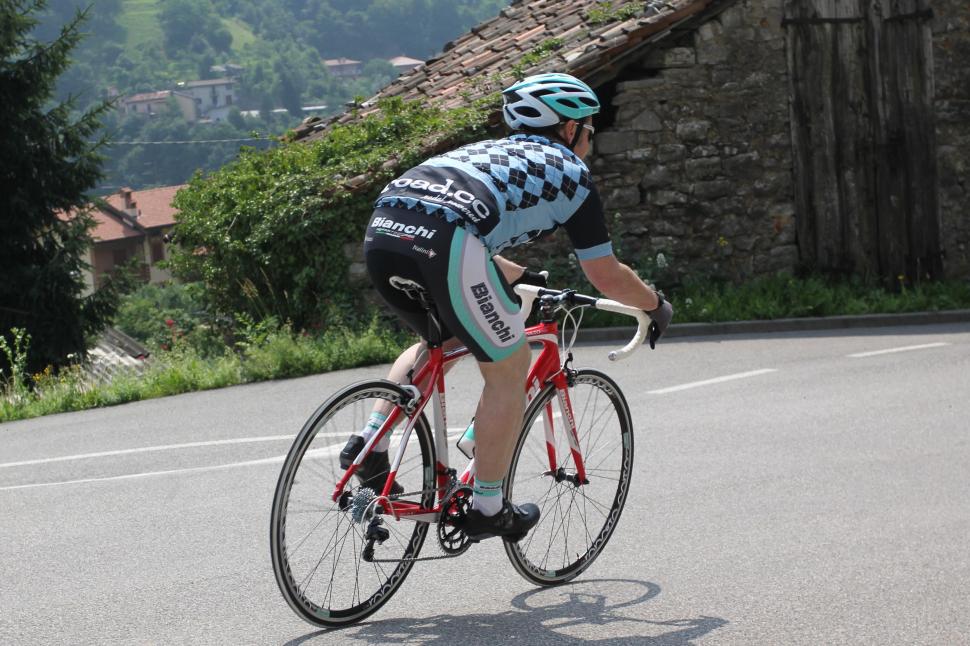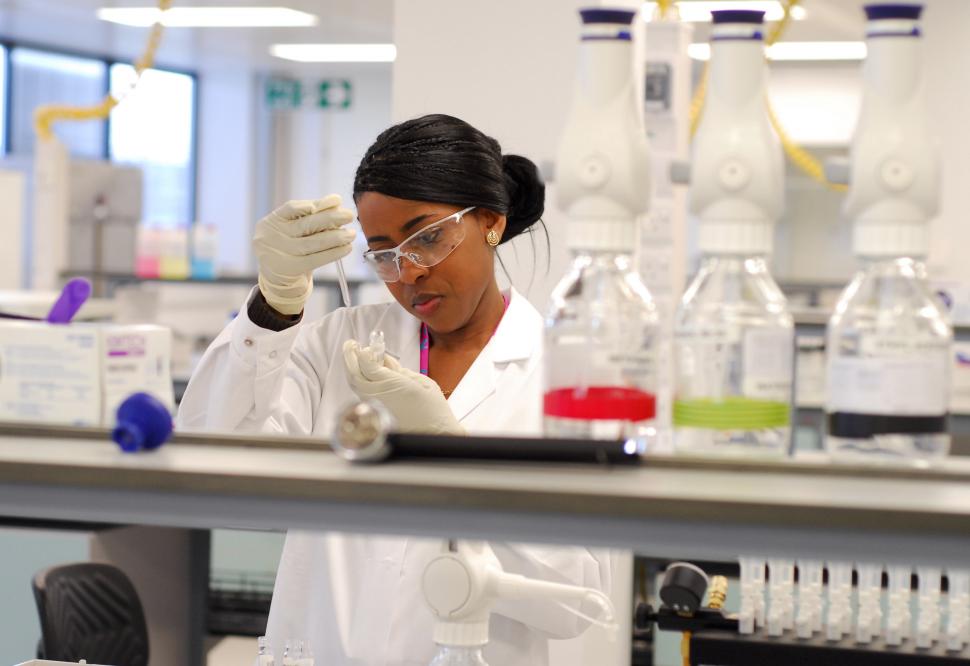- News
- Reviews
- Bikes
- Accessories
- Accessories - misc
- Computer mounts
- Bags
- Bar ends
- Bike bags & cases
- Bottle cages
- Bottles
- Cameras
- Car racks
- Child seats
- Computers
- Glasses
- GPS units
- Helmets
- Lights - front
- Lights - rear
- Lights - sets
- Locks
- Mirrors
- Mudguards
- Racks
- Pumps & CO2 inflators
- Puncture kits
- Reflectives
- Smart watches
- Stands and racks
- Trailers
- Clothing
- Components
- Bar tape & grips
- Bottom brackets
- Brake & gear cables
- Brake & STI levers
- Brake pads & spares
- Brakes
- Cassettes & freewheels
- Chains
- Chainsets & chainrings
- Derailleurs - front
- Derailleurs - rear
- Forks
- Gear levers & shifters
- Groupsets
- Handlebars & extensions
- Headsets
- Hubs
- Inner tubes
- Pedals
- Quick releases & skewers
- Saddles
- Seatposts
- Stems
- Wheels
- Tyres
- Health, fitness and nutrition
- Tools and workshop
- Miscellaneous
- Cross country mountain bikes
- Tubeless valves
- Buyers Guides
- Features
- Forum
- Recommends
- Podcast
feature
 EurobikeDemoDay-ColnagoC59Disc-HandsOn
EurobikeDemoDay-ColnagoC59Disc-HandsOnRheumatoid arthritis and cycling: how to keep the inflammation at bay
In early November 2020, at the age of only 33, former British national champion and Omloop Het Nieuwslad winner Ian Stannard announced he would retire from professional cycling, having developed rheumatoid arthritis... but it doesn't have to mean the end of your time in the saddle.
> Health Q&A: Ischial bursitis – more than just a saddle sore
So, what is rheumatoid arthritis, and how can it affect cyclists? In this Q+A, consultant rheumatologist at University Hospitals of Morecambe Bay NHS Trust and honorary senior lecturer at Manchester University Dr Marwan Bukhari explains why a diagnosis of rheumatoid arthritis doesn’t have to stop you riding, and why cycling might actually help to prevent developing it in the first place...
road.cc: First of all, what is rheumatoid arthritis?
Marwan Bukhari: Rheumatoid arthritis is an auto-immune condition where your immune system decides to activate itself and starts attacking different parts of your body. It usually starts in the joints but it can affect most of the organs in your body, including the eyes, the lungs and the skin. So while it often begins in the joints, it can become far more widespread.
What causes it?
We don’t actually know what causes it but it’s believed that there is a genetic component to it. We think that if you are exposed to an unspecified infection and you have the corresponding genetics, your immune system will activate itself and start by attacking the joints.
Ian Stannard's rheumatoid arthritis initially presented in his wrists, but can it present itself elsewhere?
Rheumatoid arthritis most commonly starts off in the hands and feet, then it can affect the knees, elbows and shoulders. Those are the normal joints where it starts, although it can present at any joint in your body - and there are quite a lot of joints in your body!
How would cyclists first spot that they might have an issue?
One of the things that will happen first is that you will start to feel very stiff first thing in the morning, and that will last for more than half an hour after getting up. You will then start to get specific pain and stiffness. For example, a cyclist might have problems grabbing the handlebar, or problems pedalling, with the area underneath the pad of their feet feeling particularly tender. The knees can also get a lot of fluid in them and feel quite tight.
Cyclists are always suffering from a bit of pain or stiffness – is there a specific sign that it might be more than just normal activity strain or general fatigue?
Yes, if the pain is very specifically in the joints and if you discover that your motion is significantly restricted. For example, if it is in the hand, just grabbing the brake lever will be painful. You will get fatigue as well and you can get flu-like symptoms - because your immune system is active, it’s almost as if you’re fighting an infection.
What should somebody do if they do think they have a potential problem with rheumatoid arthritis?
The most important thing is to understand that the time between symptom onset and starting treatment is crucial for the prognosis. In the old days, people used to think that anybody with rheumatoid arthritis would end up in a wheelchair or have deformities but that is not the case. If you can have treatment within four months of symptom onset – that requires recognising what’s happening, seeing your GP, having tests and being referred to a specialist – then you can get the disease into remission. But that can only be done if we get the disease under control early enough. Then, to get rheumatoid arthritis into remission requires taking fairly high doses of immune-suppressing treatments. If you’re on a fair amount of them, that could make you more susceptible to other problems such as infections, which is obviously a particular consideration in the current climate with so much focus on Covid-19.
How is a diagnosis of rheumatoid arthritis made?
There is a combination of things that are needed to provide a diagnosis. The first is clinical symptoms. Then we use two blood tests: one measures levels of rheumatoid factors, which are proteins that the immune system produces when it attacks healthy tissue; the other is known as anti-cyclic citrullinated peptide (anti-CCP), which are antibodies also produced by the immune system. Then that might be combined with some imaging - either x-rays or ultrasound imaging of the joints.
We tend to think of arthritis as an old person’s condition, but Ian Stannard is only 33 – so at what age can it develop?
Even children can develop inflammatory arthritis that looks exactly like rheumatoid, so it can happen from birth really. The most common ages are people in their 30s or 40s. It affects women more than men, but we’re now also seeing a form that appears in people’s 70s and that equally affects men and women. So all ages can be affected, and it affects around 1% of the population in the UK - there are more than 600,000 patients with rheumatoid arthritis in the UK.
Is there anything that makes cyclists more likely to develop rheumatoid arthritis? Or is there anything about cycling that aggravates it?
No, actually the evidence is that if you build the muscles around your joints and you use then a lot more, you can actually get better circulation and that helps to take away some of the accumulated toxins that your joints are producing. Your body is producing proteins that are telling your joints to get inflamed. But when you exercise you’re actually taking the toxins away. So exercise is always very good.
What other steps can be taken to treat it?
There are lots of trials looking at diet modification using herbal remedies including turmeric and things such as that. There is some weak evidence that they will help your system because some foodstuffs do have naturally occurring anti-inflammatory properties. But usually the treatment is fairly heavy immune suppression with a possible amount of steroids as well. For professional athletes, these aren’t anabolic steroids but they might cross-react, so it could be quite tricky for high-level athletes to use them.
Finally then, although it’s not a diagnosis anybody would want, the outlook for people with rheumatoid arthritis doesn’t have to be bleak?
Absolutely. As long as we catch it early enough and begin treatment, it is possible to get it under control.
For more information about rheumatoid arthritis, visit Versus Arthritis, or the National Rheumatoid Arthritis Society website, or call the NRAS helpline on Helpline number 0800 298 7650
Latest Comments
- brooksby 7 min 39 sec ago
"close-passing driver is judged to be “showing consideration” by moving across white line" - and yet is still waaay closer than 1.5 metres, I think...
- wtjs 16 min 32 sec ago
There should be a review of the safety of mini-roundabouts...lousy for cyclists...
- slc 27 min 24 sec ago
I would be keen to see in 6 months how widely each low income qualified option is taken up. I am guessing the bus gate exemptions will be popular...
- mdavidford 1 hour 20 min ago
Erm, does someone need counting lessons?
- Willem1 1 hour 32 min ago
My cannondale SuperSix gen3 frameset i recently bougth has a sticker saying: made in China. Dont know about the newest models.
- Rendel Harris 2 hours 5 min ago
Yes, possibly. They'd be flogging a dead horse though, wouldn't they, as long as it was clear that the cycle lane was marked as still under...
- SimoninSpalding 2 hours 15 min ago
Cos style, and did you not read it only weighs 158g!...
- chrisonabike 2 hours 41 min ago
It's strange - some folks who grew up there say it was a great community and has declined. Some folks say it was "like Beiruit" and has calmed down...
- hawkinspeter 2 hours 49 min ago
This looks like an appropriate article to put this link for later use:...
- Rendel Harris 4 hours 12 min ago
Imagining this spoken in the voice of Peter Cook's E.L.Wisty ("No I didn't know I'm the most boring man you've ever met, that really is most...


Add new comment
3 comments
Medicine professionals tend to be dismissive of non-pharmaceuticals in treating auto-immune conditions. Vitamin D supplementation is rarely suggested, even though low levels in the body exacerbate symptoms. Steroids, one of the possible medicine treatments, have a negative effect on vitamin D levels.
I find Turmeric shots help take away some of the very slight stiffness and minor aches and pains I sometimes get (I had arthritis as a kid) and certainly exercise (such as going on a nice long bike ride!) helps too.
Class article, listened to Yogi on Gs podcast and didnt know how debilitating it could be.